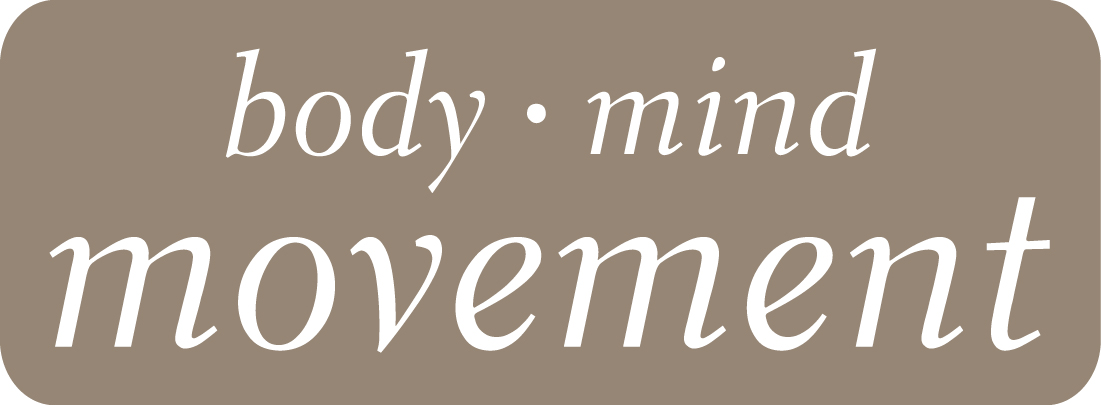Individual Sessions
Touching hands are not like pharmaceuticals or scalpels. They are like flashlights in a darkened room. The medicine they administer is self-awareness. And for many of our painful conditions, this is the aid that is most urgently needed.
-Deane Juhan, Job's Body
As a somatic movement therapist, Mark Taylor works to create space in the body and mind for internal healing processes to take place. Attending to a client's fundamental health, rather than a specific pathology, he assesses movement and energetic patterns through the body and facilitates repatterning of these habits toward increasing ease and personal transformation. In order to facilitate change he works with several skills:
An understanding of the patterns of human developmental movement and how these patterns express in daily life.
An understanding of human anatomy and body systems, with the ability to initiate movement and touch from each specific system.
An understanding of how deviation from a path of ease in one system or movement will affect other systems or movements in the body.
A systematic approach to trauma resolution, based on Peter Levine's practice of Somatic Experiencing.
Unlike some other modalities, somatic movement therapy dictates no protocols for sessions; Taylor works improvisationally with the client in each session to uncover layers of sensation and understanding which will contribute positively to the integration of body, mind and spirit.
As an example, if pain in the knee is being addressed, we will not only address the structural issues in the knee, but-- to explore the root cause of the injury-- might
assess the flow of weight through the torso into the leg;
support subtle skeletal relationships between the foot and pelvis;
find supportive energy in specific organs;
discuss and help to release emotional components of the injury.
A session typically includes hands-on work, movement observation and discussion of anatomic principles. The client is requested to wear loose, comfortable clothing, and is invited to play an active role in the session. Sessions are conducted in a studio in Taylor's home or a professional dance studio.
Repatterning
Repatterning refers to guided movement and touch that allow a client to regain patterns of movement which may have been impeded or lost due to stress or trauma. Each of us is born with specific strengths and areas needing support; repatterning directs the body toward the most efficient lines of movement and flow of energy.
Dance
Child Development
Yoga
Sports
Recuperation from surgery, trauma or illness
““Somatics” is a term coined by Thomas Hanna, from the Greek root soma, “the luminous body transformed by faith”, and distinct from the Greek sarx, referring to the body as an object. Hanna uses “somatics” to indicate knowledge of the body through the sensory division of the nervous system— how we deepen our knowledge from sensing specific structures and states— rather than from forming objectified or projected mental images of the body in the brain. A soma is a body perceived from within.
”The salutary results of self-teaching, self-learning, self-healing, and self-regulation should not be understood as “miraculous” but as somatic: they are genetically-given capacities intrinsic to all human beings.”
Embodiment is the process of becoming somatically aware. In BodyMindMovement it is understood as an ever-deepening process, engaging attention at the cellular level, at the level of the whole body, and at the level of the individual's relationship with the outer world.


